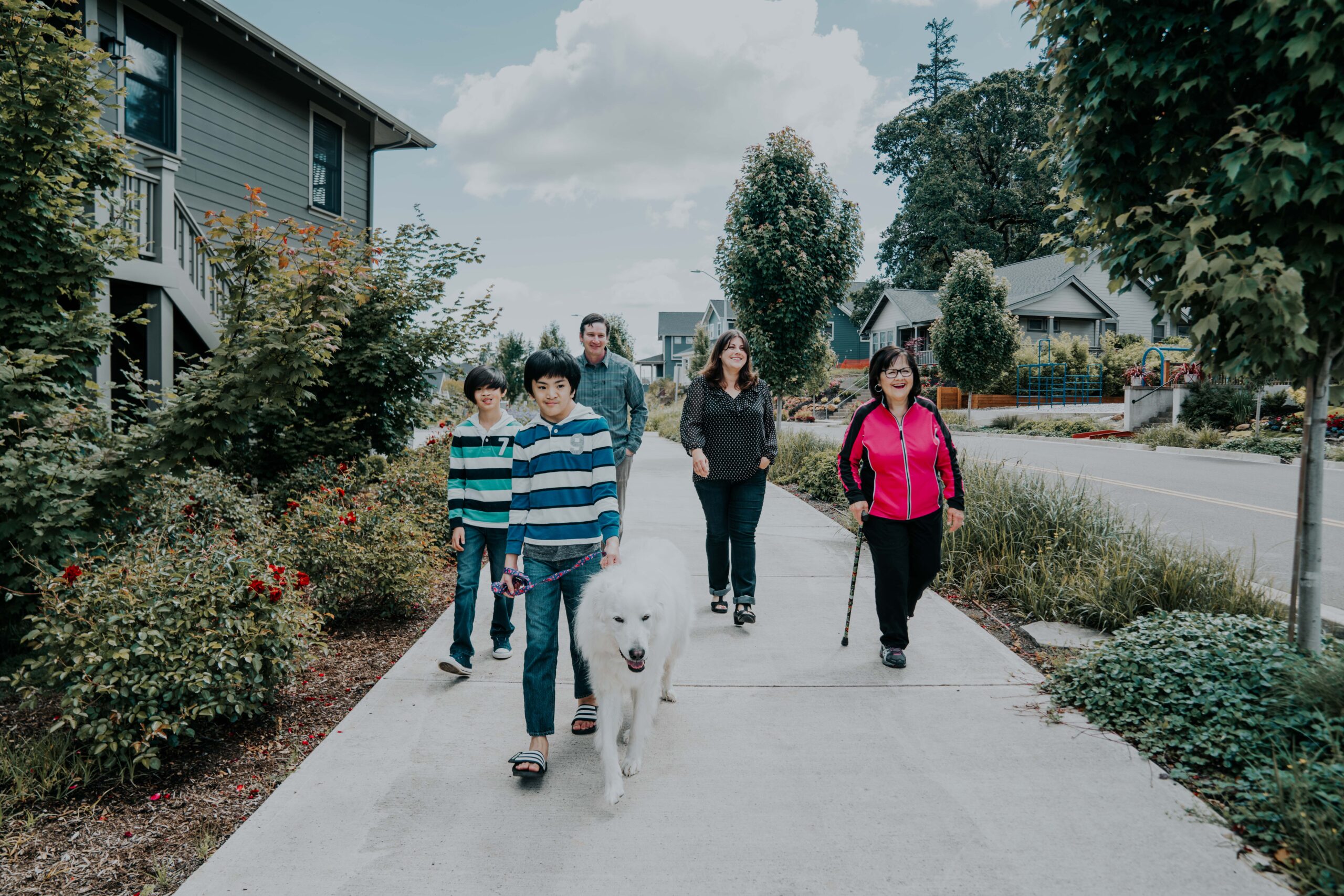In nearly four decades of building homes and communities, we have seen a quiet shift grow into something much bigger. Multigenerational living has nearly tripled.
I still remember back in high school, when a close friend told me about his grandmother, who lived with their family. She used to tuck “well-cured” tuna fish sandwiches into her dresser drawer. It was funny, a little odd, and at the time, living with extended family felt like something from another world. Even the term “multigenerational living” hadn’t really entered the mainstream.
Today, the landscape looks very different. Nearly one in five U.S. households is now multigenerational. In just the past year, we have worked on six homes specifically designed for—or easily adaptable to—this way of living.
So, what is driving the movement?
Why More Families Are Sharing One Roof
There is no single answer. It is a mix of needs, values, and opportunities coming together.
-
Economic Pressures and Housing Costs
Sharing a home helps ease financial strain, especially for younger adults who are finding it harder to enter the housing market. -
Caregiving Needs
Families caring for aging parents or young children often find that a shared home offers support that benefits everyone. -
Cultural and Family Traditions
In many cultures, extended family living is the norm. Our increasingly diverse communities are reflecting that tradition. -
Impact of the COVID-19 Pandemic
The pandemic pushed many families to consolidate households for safety, support, and practicality. -
Delayed Milestones Among Young Adults
Later marriages, longer schooling, and economic uncertainty are keeping more young adults at home longer than in the past. -
Desire for Closer Family Bonds
Many families value the deeper relationships and shared memories that come from living together. -
Health Benefits
Shared homes can reduce isolation, create shared responsibilities, and strengthen emotional connections across generations. -
Support for the Sandwich Generation
Adults caring for both children and parents are finding that shared living spaces offer real relief. -
Purpose-Built Housing Designs
The market is beginning to catch up, offering homes built to balance privacy and connection under one roof. -
Changing Social Norms
Today, multigenerational living is practical, inclusive, and widely embraced.
All of these shifts point to a deeper truth. Housing needs are evolving, yet many large-scale developments still follow one-size-fits-all models. Families seeking flexibility, accessibility, and lasting livability are often left without enough options.

Designing Homes That Grow With You
At Olsen Communities, we believe thoughtful design starts by asking the right questions.
When we work with families considering a multigenerational home, we explore six key areas:
-
What will be shared, and what will remain private?
Defining spaces like kitchens, bathrooms, and living areas early helps prevent future tension. -
Are there accessibility needs now or in the future?
Thoughtful touches like wide doors, fewer stairs, and universal design make a lasting difference. -
Is this a short, medium, or long-term arrangement?
Understanding the timeframe helps shape a flexible home that works for today and tomorrow. -
How will the finances be structured?
Ownership, investment, and shared costs all matter, especially when thinking long term. -
What day-to-day rhythms need to be accommodated?
Sleep, work, school, and play schedules all shape how a home should function. -
What is the long-term vision for the home?
Whether the goal is a forever home, a transitional space, or a future rental, the right design begins with a clear vision.
Multigenerational living is no longer a fringe concept. It is a smart, sustainable, and deeply human way to live. When homes are designed to bring generations together, they do more than solve practical needs. They create opportunities for richer relationships, stronger families, and deeper roots.
For us, playing a role in building those possibilities is one of the greatest honors of what we do.






